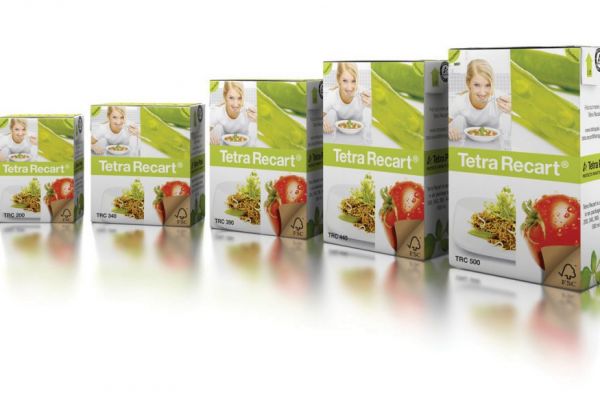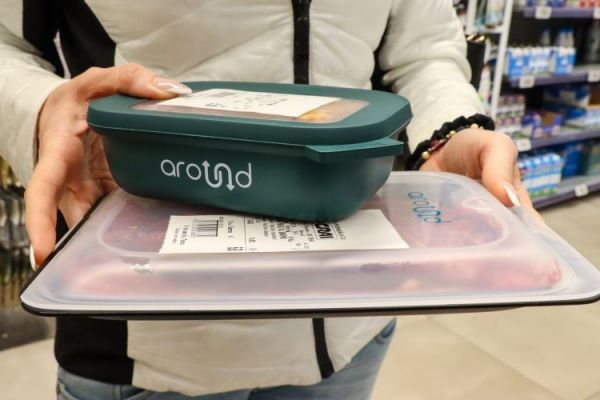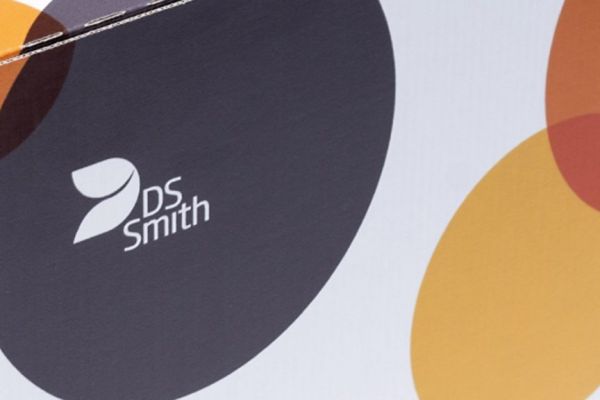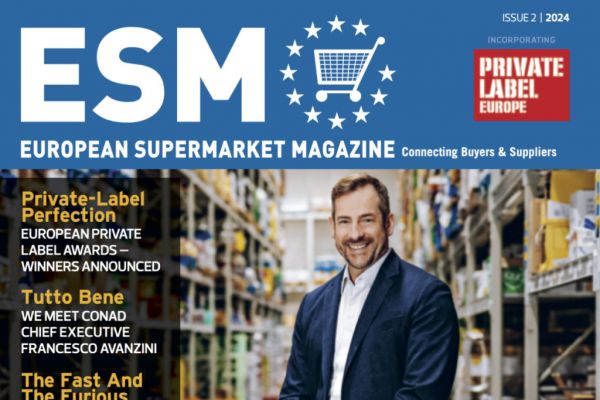Long considered a packaging pioneer, in recent years Tetra Pak has seen significant growth for its Tetra Recart package - a carton-based packaging alternative to cans and glass jars for shelf stable food. ESM spoke to managing director of Tetra Recart AB, Anders Lindgren, about this game-changing solution.
The year 1810 was a relatively active one in European history; Napoleon Bonaparte continued his march across Europe, Beethoven composed his famous Für Elise, and the first Oktoberfest took place in Munich. It was also a year that saw the granting of the first patent for a packaging format that still adorns the shelves of retailers and wholesalers today - the tin can.
But just as Napoleon and his compatriots couldn’t possibly fathom the modern world we reside in today, so the tin can - practical, yet old fashioned, not to mention out of sync with modern, efficient supply chains - is destined for the scrapheap. Enter Tetra Recart, the world’s first retortable carton package alternative to cans and glass jars. Shelf-stable for up to two years, lightweight, recyclable, easy to open and offering greater branding opportunities, it’s a packaging solution that has the potential to revolutionise the industry.
Evolution Of A Concept
According to Anders Lindgren, managing director of Tetra Recart AB, while the format has been around for 15 years, it is in the past few years that the company has started to really push the boundaries of what can be achieved.
“Everybody knows the Tetra Pak name for milk and juice packaging, but over time we began to move into soups, tomato sauce and other food categories,” he explains. “We started to work with our existing customers, and they too saw the benefits of branching out into different food categories.”
The US and Europe are among the biggest users of cans and glass jars in the world, and are also markets in which the company has been able to make rapid progress. Lindgren shows ESM a picture on his smartphone of a soup display in a Target outlet in the US, in which cans are barely noticeable amongst the wide array of Tetra Recart packaging.
“We are following manufacturer demand,” he says. “Europe and US are the most obvious markets, however we are also targeting other parts of the world that aren’t necessarily huge users of cans: China, Indonesia, Thailand and Latin America, for example. What we are saying to clients is if your product can be packaged in a can, it can also be packaged in a Tetra Recart carton. That opens up a huge range of possibilities.”
Versatile Packaging
One of the core successes of Tetra Recart rests with its effectiveness when packaging almost any shelf-stable product, from soups to ready meals, or from vegetables to pet food - the latter, as Lindgren explains, is “one of the biggest opportunities for us at the moment”.
In addition, Tetra Recart packaging is available in five pack sizes - 200ml, 340ml, 390ml, 440ml and 500ml - making it ideal for both larger family-packs as well as single portions. The Tetra Recart system has two form and sealing machines, delivering up 24,000 packages per hour, equal to 400 packages per minute. After the packages are filled and sealed, they go into a retorting process to sterilise the filled product.
As part of ESM’s visit to the company’s headquarters in Lund, Sweden, we had the chance to experience the production process first hand. The finished package is fully printable on all all sides, creating opportunities for stronger brand presence. Some brands have seen their sales grow by 60% when switching from cans to Tetra Recart packages.
“For retailers, it’s a much better use of shelf space - you are saving 30 to 40% on cans alone,” says Lindgren. “That’s a reason why I believe private label manufacturers are adopting this so quickly - they can gain an advantage over the big brands.
“At the moment, I believe, we are ‘tickling’ the market, and once the big brands start to feel the ‘scratch’, that’s when we will see the whole industry start to move.”
Logistics Savings
In a sector that has seen major work undertaken to reduce logistics costs and boost efficiency - as well as CSR credentials - Tetra Recart can also be viewed as a promising investment. In terms of inbound logistics, for example, one truck’s worth of empty Tetra Recart cartons - delivered flat - is equivalent to nine trucks’ worth of empty cans.
“The biggest saving is in inbound logistics, but on the other side, container loads are fuller and the product packaging is lighter - 20 grams instead of 50 grams for a can, or more so for a glass jar,” says Lindgren.
“If you look at the overall cost of production when using Tetra Recart packages instead of cans, you are looking at a 15% to 20% saving. In terms of sustainability, the package comes from renewable resources and has less impact on the environment compared to cans and glass jars.
“That resonates very strongly with consumers, where the young generation are actively seeking out products with the best environmental credentials.”
Moving Fast
Tetra Recart currently boasts packaging and co-packing facilities across Europe, the Middle East, North America, South America and Asia - supplying the entire packaging line and the packaging material at each location - and has an acceleration plan in place to seize opportunities and achieve traction in regions and product segments heretofore untapped.
“There is thought and consideration behind everything we do; if someone approaches us with an opportunity, we take it in and examine the feasibility of it,” says Lindgren. “It’s important for us to get the right brands, the right products and the right producers on board.”
In terms of growth expectations therefore, Lindgren and his team are setting the bar high. “We have three times as many prospects out there compared to this time last year, and we have a clear plan in place to deliver the volume that is expected,” he says, adding that Tetra Recart is looking to quadruple its business over the next four years. “It’s not an unrealistic target, but it will take some hard work - what we’re really focused on now is awareness throughout the value chain.
“At the end of the day, I have no doubt that cans are going to disappear; the real question is what are they going to be replaced with? I met a can producer at Gulfood Manufacturing in November, who looked me in the eyes and told me, honestly, that the ‘can’s day is doomed’.
“We need to make sure we are at the forefront when manufacturers and brand owners start to look for an alternative.”
© 2017 European Supermarket Magazine – your source for the latest retail news. Article by Stephen Wynne-Jones. Click subscribe to sign up to ESM: The European Supermarket Magazine














